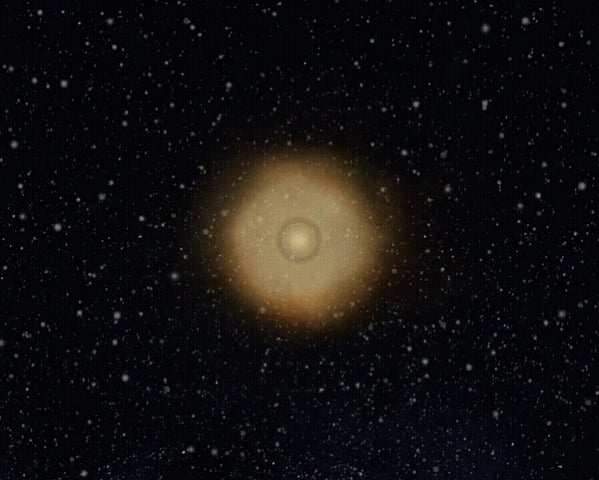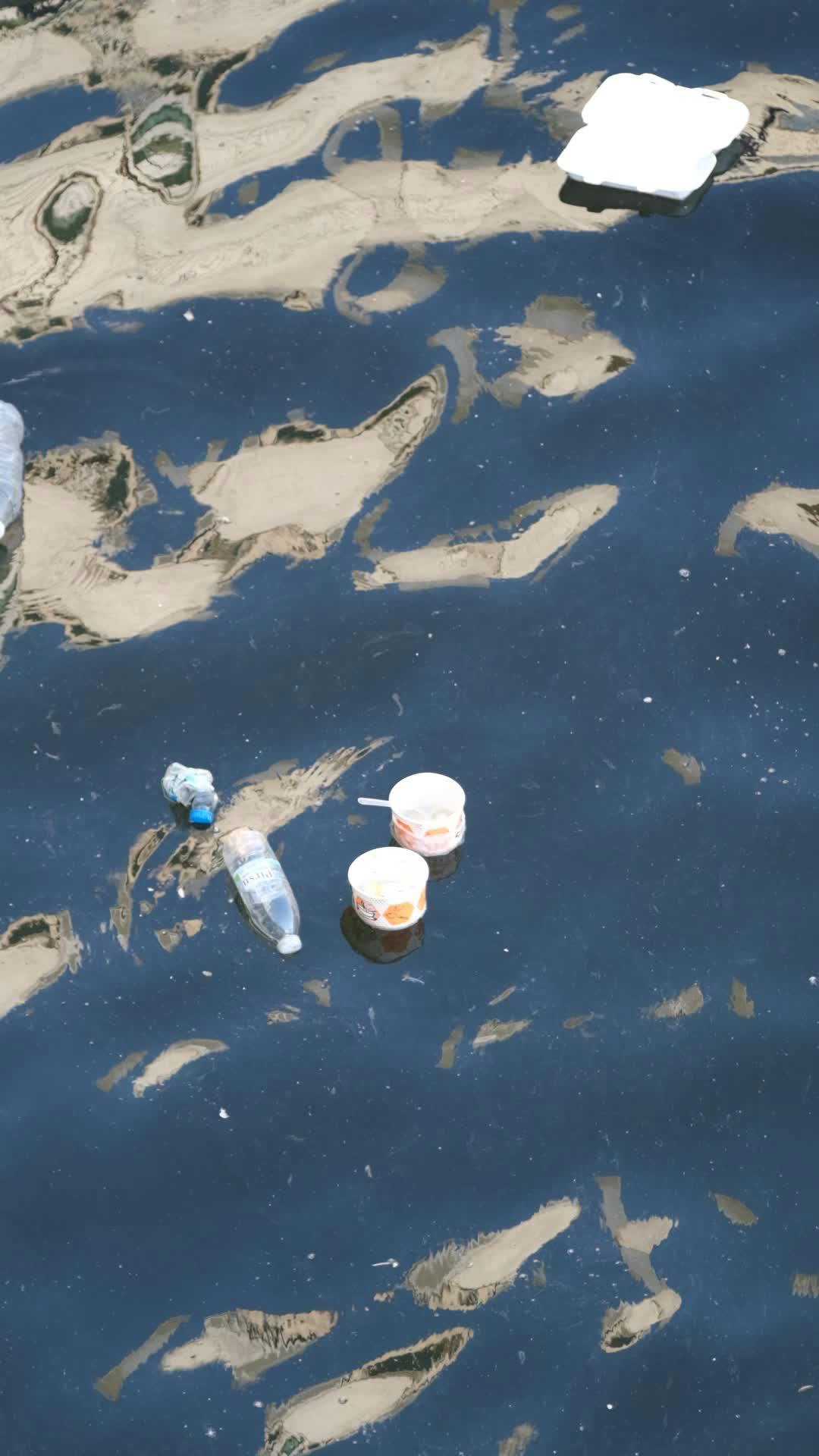Water damage restoration for carpets in Lexington Kentucky Water Damage Experts for Local Regions
Mold development after water damage poses significant health and structural risks to houses and companies. When water infiltrates constructing materials, it creates a super surroundings for mold spores to thrive. Mold can start to develop within 24 to 48 hours after the initial water exposure if the circumstances are appropriate.
Identifying the supply of moisture is essential for effective remediation. Common sources embrace leaks from roofs, plumbing failures, and flooding. Once the water source is addressed, the affected areas have to be dried thoroughly and promptly. Failure to do so will result in additional issues and exacerbate mold development.
Selecting the right water damage restoration company in Lexington Kentucky Best Water Damage Restoration in Areas

Humidity ranges must be monitored diligently. A relative humidity above 60% can encourage mold proliferation. Using dehumidifiers and guaranteeing good air flow may help preserve appropriate indoor humidity levels. It's important to regularly examine areas susceptible to water damage, like basements and loos, as they are often more susceptible to excess moisture.
In addition to structural damage, mold can have serious well being implications. Individuals with respiratory conditions, allergic reactions, or weakened immune techniques could expertise intense reactions. Symptoms like coughing, sneezing, and skin irritation might arise. Prolonged exposure can result in more extreme well being points, including chronic respiratory ailments.
Preventive measures are important in maintaining a mold-free setting after water damage. Regular house maintenance and inspection can establish potential vulnerabilities. Sealing leaks, making certain proper drainage, and installing vapor limitations in basements are proactive strategies to mitigate risks.
Water damage restoration for historic homes in Lexington Kentucky Water Damage and Flood Restoration Services
When cleaning up after water damage, the affected supplies must be assessed. Porous supplies such as drywall and carpeting could need to be discarded if contaminated. Non-porous surfaces can be treated with applicable cleansing solutions, but thorough drying stays a precedence.
Professional intervention may be needed for intensive mold growth. Certified mold remediation specialists have the instruments and expertise to securely remove mold and restore affected areas. They will make use of methods that ensure the air high quality is monitored and improved throughout the remediation process.
In some instances, owners may attempt to sort out mold elimination on their own. While this may be possible for small areas of mold, it is vital to comply with security protocols. Personal protective equipment, together with gloves, masks, and goggles, ought to at all times be worn. Additionally, the world must be isolated to prevent mold spores from spreading to unaffected parts of the house.
The financial implications of mold growth cannot be underestimated. Repairing water damage and remediating mold can turn out to be expensive, often requiring skilled services. Homeowners may discover that if these points are not addressed promptly, the costs will escalate, leading to extra extensive damage and repairs.
Technology in monitoring water damage in Lexington Kentucky Fire and Water Damage Restoration Services
Keeping a detailed watch on areas in danger for water damage is an ongoing duty. Seasonal modifications can exacerbate the potential for leaks and moisture accumulation. Regularly checking gutters, downspouts, and drainage systems can prevent water from accumulating near the muse of the house, diminishing risks of water intrusion.
Understanding that mold spores are ubiquitous is crucial. They exist in both indoor and outdoor environments. However, when moisture is current, they turn out to be more likely to colonize and proliferate indoors. This is why timely action is important after any incident of water damage.
Technology in monitoring water damage in Lexington Kentucky Emergency Restoration & Cleanup Services Offered
After figuring out and addressing water damage, continued vigilance towards mold development is required. Inspection and maintenance practices ought to include various components like cleansing gutters, inspecting roofs for missing shingles, and checking plumbing for leaks.
Adopting a proactive method will not only prevent mold progress however may also promote a more healthy living setting. Water damage restoration ethics and practices in Lexington Kentucky. Conducting routine air quality testing may additionally be useful. This helps uncover hidden mold spores that is probably not immediately visible but could still have an effect on indoor air high quality
In conclusion, coping with mold growth after water damage is a multi-faceted challenge that requires quick action, preventive strategies, and, at instances, skilled intervention. Understanding how moisture promotes mold is essential to mitigating risks and defending well being and property. With an emphasis on upkeep, vigilance, and proper remediation techniques, the detrimental effects of mold can be minimized, leading to a safer and more healthy living space.
- Mold can begin to develop within 24 to 48 hours after water exposure, making swift action crucial in mitigating progress.
- Moisture-rich environments, similar to damp basements or flooded areas, significantly improve the danger of various mold species thriving.
- Certain types of mold, like Stachybotrys chartarum (black mold), can lead to serious health issues, including respiratory problems and allergies.
- Regular inspections and maintenance of plumbing systems can greatly cut back the chance of water damage and subsequent mold problems.
- Using dehumidifiers and ensuring correct air flow can help control humidity levels and hinder mold proliferation.
- Treating affected supplies with anti-fungal options can help delay or prevent mold development when immediate drying just isn't potential.
- Building materials, like drywall and carpeting, usually require full removal if they've been saturated for an prolonged period, as they'll harbor mold spores.
- Identifying hidden water sources, corresponding to inside walls or underneath flooring, is important in preventing mold regrowth after initial remediation.
- Professional mold remediation services can present thorough assessments and coverings that are usually simpler than DIY methods.
- Continuous monitoring of humidity ranges post-water damage is necessary to stop future occurrences of mold growth.undefinedWhat causes mold development after water damage?
Understanding water damage categories in Lexington Kentucky Water Damage Restoration Services Near Locations
Mold progress after water damage is primarily attributable to moisture, as mold spores thrive in damp environments. When water penetrates materials like wood, drywall, or carpet, it creates an ideal breeding ground for mold inside 24 to forty eight hours.
How can I determine mold progress in my home?

Signs of mold growth embrace a musty odor, discoloration on walls or ceilings, and visual patches of mold. You can also expertise elevated allergy symptoms or respiratory points if mold is present.
Is all mold harmful, or are some varieties safe?
Comparing water damage restoration companies in Lexington Kentucky Flood Damage Restoration and Cleanup Services
Not all mold is dangerous, however certain varieties, like black mold (Stachybotrys), may be toxic and pose well being risks. It's important to determine the sort of mold before figuring out the appropriate action for removing or remediation.
How rapidly ought to I address water damage to stop mold?
Acting swiftly is crucial. You ought to handle water damage within 24 to 48 hours to attenuate the chance of mold progress (Lexington Kentucky water damage prevention tips). The longer moisture stays, the upper the possibility for mold to develop
Impact of humidity levels on water damage in Lexington Kentucky Top Water Damage Restoration Options Available
Can I take away mold myself, or should I rent a professional?
Small patches of mold can often be eliminated using correct security precautions and cleaning options. However, for larger infestations, hiring a licensed mold remediation professional is advisable to make sure safety and thorough elimination.
Legal considerations for water damage restoration in Lexington Kentucky Fire and Water Damage Restoration Services
What are the well being effects associated with mold exposure?

Mold publicity can result in various well being issues, together with allergic reactions, asthma attacks, and respiratory infections. Individuals with pre-existing situations, youngsters, and the aged are significantly weak.
How can I prevent mold growth after experiencing water damage?
To prevent mold development, promptly dry out affected areas, use dehumidifiers, and ensure correct ventilation. Regularly examine areas susceptible to moisture, such as basements, bogs, and kitchens.
Water damage restoration ethics and practices in Lexington Kentucky Water Damage and Flood Restoration Services
Can insurance coverage help with mold remediation costs?
Many householders' insurance coverage insurance policies cowl mold remediation prices, particularly if the mold resulted from a covered peril, like a burst pipe. It's greatest to evaluate your coverage and consult your insurance agent for clarification.
How can I tell if mold is a recurring problem in my home?
Recurring mold points may be assessed by monitoring humidity ranges, inspecting for water leaks, and checking areas that previously skilled mold growth. If mold returns regardless of remediation, it could be indicative of underlying issues that need addressing.
go to these guys this post